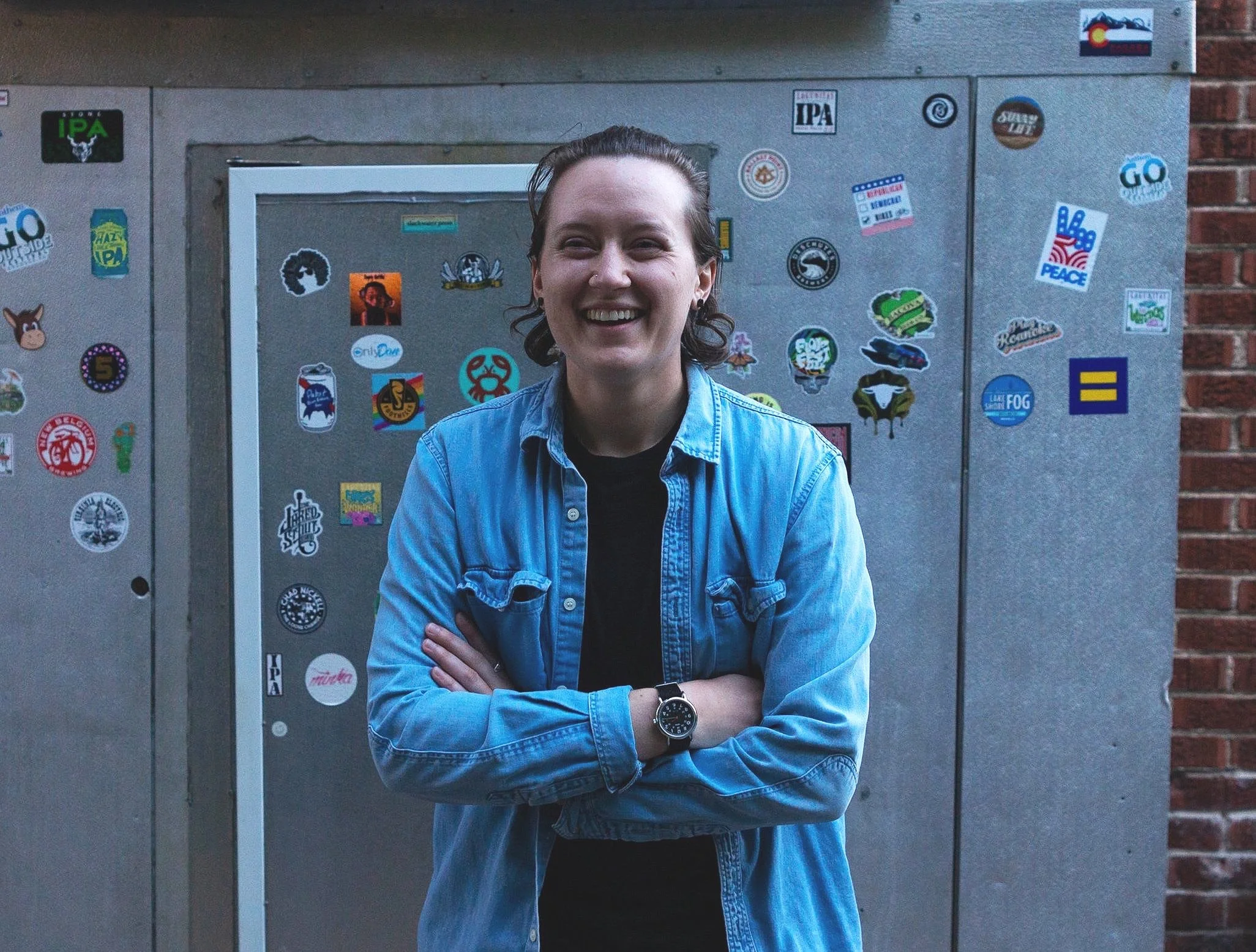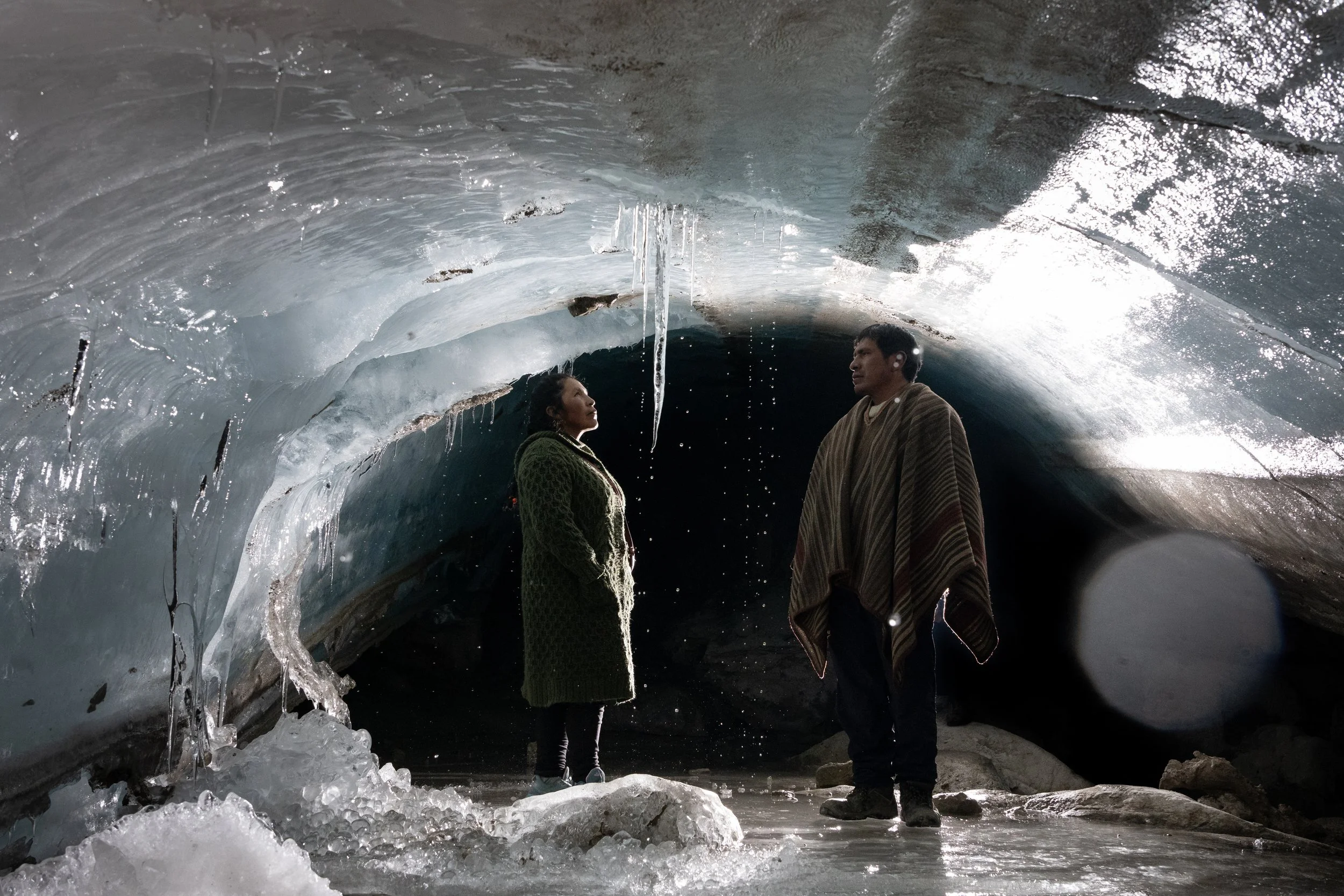Photo by Ron B. Wilson
Words by Jeffrey Garriock for PWB
When we hear the word Chernobyl, we tend to think of a moment in time. The infamous 1986 nuclear disaster remains the largest in history and exists in the public consciousness as a grim preview of nuclear outcomes that could have been. Chernobyl isn’t just the name of an accident however, it’s the name of a place. A place where people still live, still work and are still touched by the incident, even today.
The power plant looms over nearly everything here, as the majority of Slavutych's 25,000 inhabitants work at the plant in some capacity. The way Chernobyl is talked about in North America is similar to a post-apocalyptic wasteland. But at the plant itself, everything seemed almost aggressively normal. People meet on the train platform and shake hands as they share a cigarette. Seats are saved on board so that card games can be played en route.
Photo by Ron B. Wilson
The centre of the 1986 accident is Reactor 4, the nucleus upon which all things turn, past present and future. It’s located deep within the structure of the power plant, accessible only through considerable security clearance, away from much of the day-to-day activity. Lucas Hixson, an American radiation specialist, opens a heavy steel door like that of a safe, stepping into the control room where more than 30 years ago, a series of errors led to three explosions, and the largest nuclear disaster in human history.
Photo by Ron B. Wilson
The rest of the plant feels dated but still alive – it's only this room that has not survived the years. Metal rusts anywhere it can. There's only enough light to find the button on your flashlight, and as the beams of others play over the walls and through the rotting machinery, only parts of the room can be seen at any given time. A small plastic “Radioactive” sign has been hung, as though we needed such a reminder.
At other monuments to human tragedy, there is a funereal hush that permeates the air, and a weight that settles on your chest. But no one died in this room. This room holds no malice, only horror, and a great unknown. “I feel more when I don't talk about it,” says Hixson, standing at the nexus of Chernobyl. “The more you talk about it, the more you lose. So when I come in here, I just think.”
Photo by Ron B. Wilson
When the town of Pripyat was evacuated, people were told to take what they needed for three days, after which they would be allowed to return, but it soon became clear to Soviet officials that this place would be uninhabitable for much, much longer. The area became suddenly, unexpectedly abandoned. In a Pripyat library laid a newspaper dated three days before the accident. Moss was growing on the boots children had left outside their homes, fixed in place for thirty years.
Photo by Ron B. Wilson
In 2013, Hixson came here seeking stories like these, spellbound by the effects of radioactivity on this place. Now, his attention has turned almost wholly to the people. The legacy of the accident also manifests in tumours, cancers, and other ailments, too insidious to be stopped by pension dollars alone. Inspired by their experience with a woman named Tatyana, Hixson and his colleague Erik Kambarian co-founded Clean Futures Fund (CFF) - an organization that raises money to try and provide assistance.
On the train on his way home from the power plant one day, he sat across from a usually cheery colleague named Stanislav Shekstelo, or “Stavi”, a nickname Hixson coined himself. Stavi was unusually morose and when Hixson pressed him on why, Stavi told him about a woman in Slavutych named Tatyana who used to be an engineer at the power plant. She had retired to look after her mother, but as she found herself tired in caring for her, she suspected perhaps it was more than just exhaustion. A doctor confirmed Tatyana’s suspicions as she was diagnosed with thyroid cancer – and a 50 percent chance of surviving it.
Photo by Ron B. Wilson
Thyroid cancer can be treated, but the surgery and medication required funds that vastly exceeded Tatyana’s modest pension from her time at the power plant. Stavi had collected donations at the plant that very day and was riding the train home with an envelope of cash that was far too light. It was the weight of those missing dollars that pressed him into silence on the train that day, and Hixson knew he had to do something.
In sharing her story, Hixson was able to raise the rest of the funds needed for Tatyana’s operation that very night. He found himself in her living room shortly after, she was teary-eyed from her hurried thanks in a language he couldn't fully understand. This moment of connection in what had been a strangers' living room would become a staple in Hixson's life from that day on.
Photos by Ron B. Wilson
Word has spread in Slavutych, and Hixson is trying to help as many people as he can. He and Dr. Beznoshchenko, a physician who works part-time for CFF, are routinely interviewing new candidates who may be in need of assistance.
We tend to 'other' people in need with labels like 'survivor' and 'victim' and 'refugee' so that it's easier to disassociate from their pain, or their needs. But these people are just like us. These are people with ordinary lives who've had the same type of bad fortune that happens in our families, with our friends, and on our streets. The only difference is that here, it isn’t isolated. Here in Slavutych, everyone has bad fortune in common.
Photo by Ron B. Wilson
For more on the work CFF is doing, be sure to watch our newest PWB Film, Children of Chernobyl, coming this May.
This article was first published in PWB Magazine #12, on sale now.





















